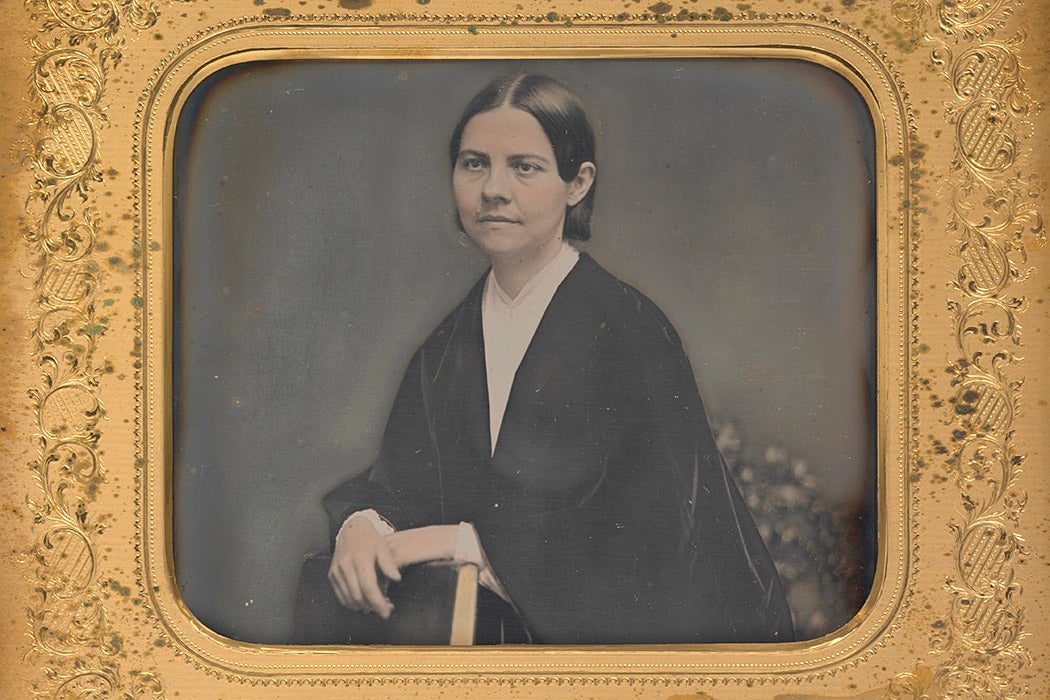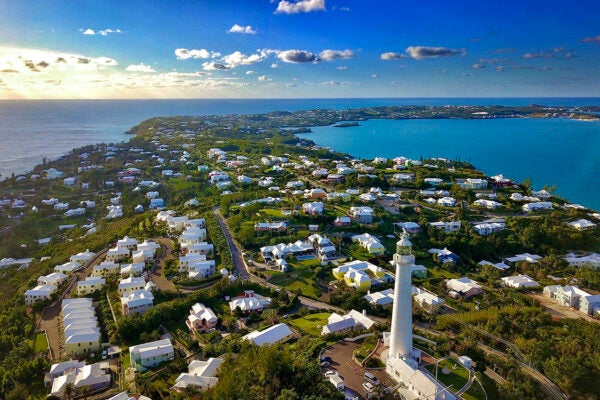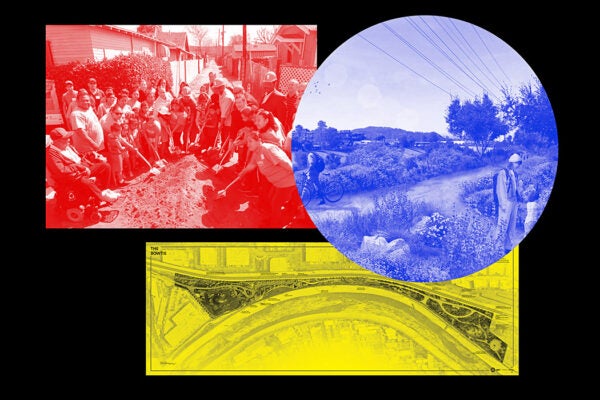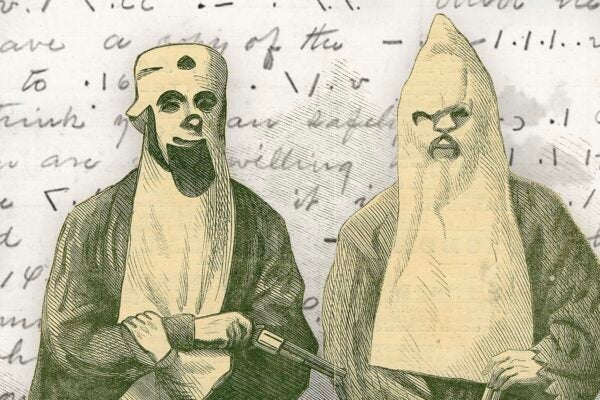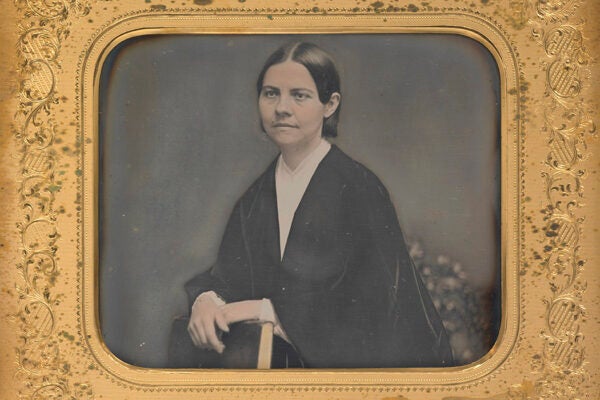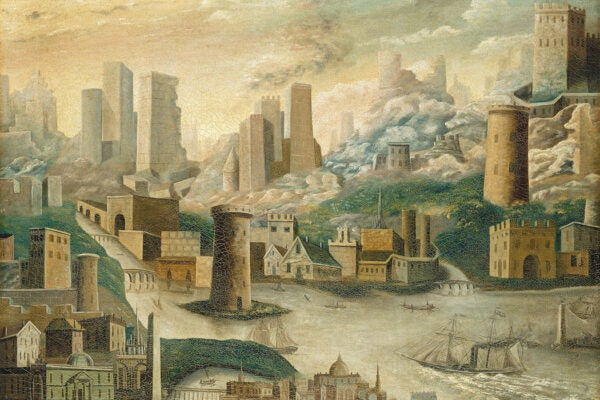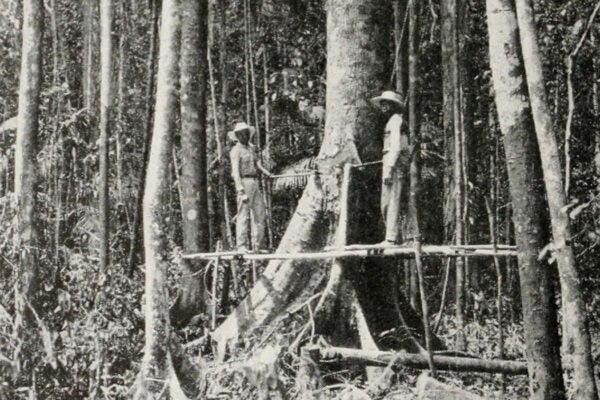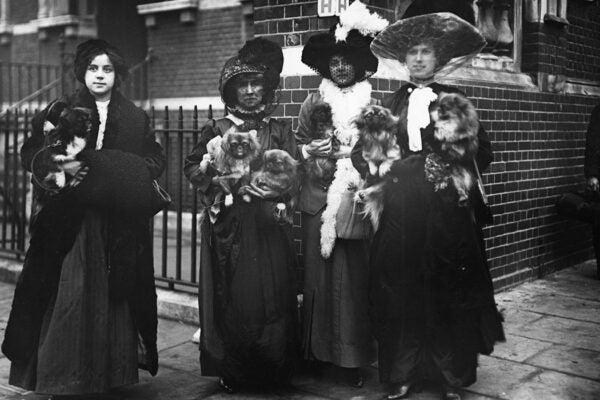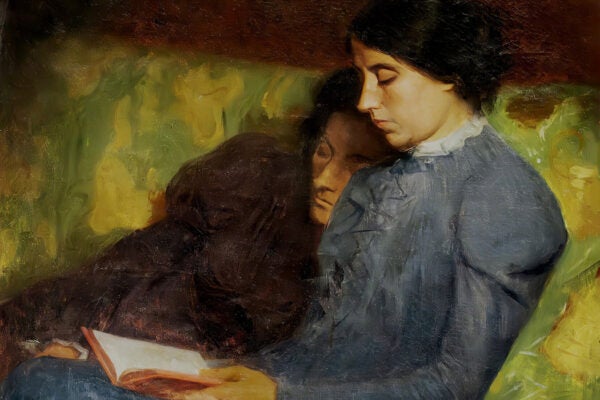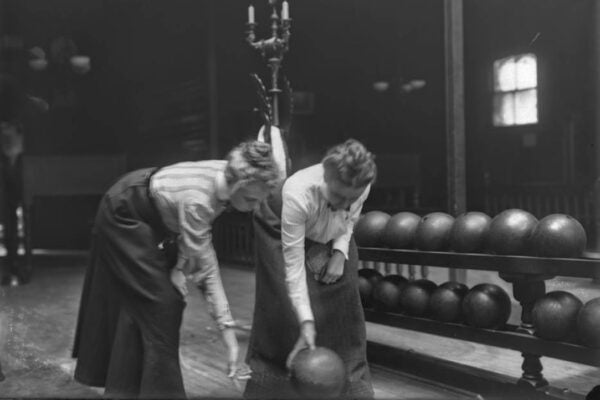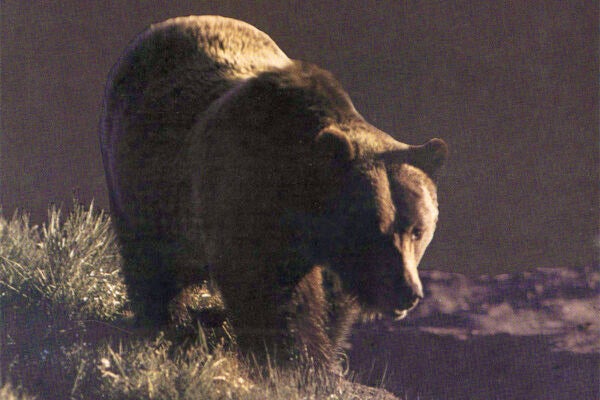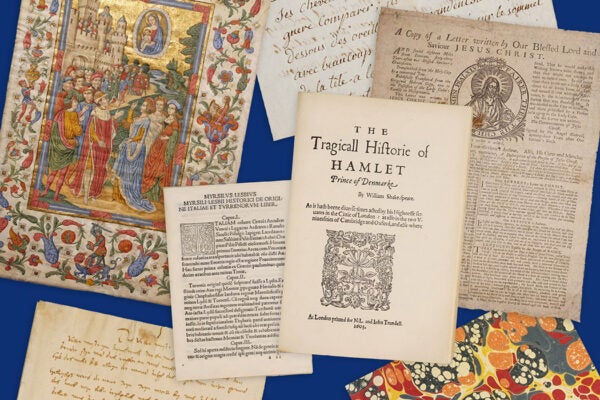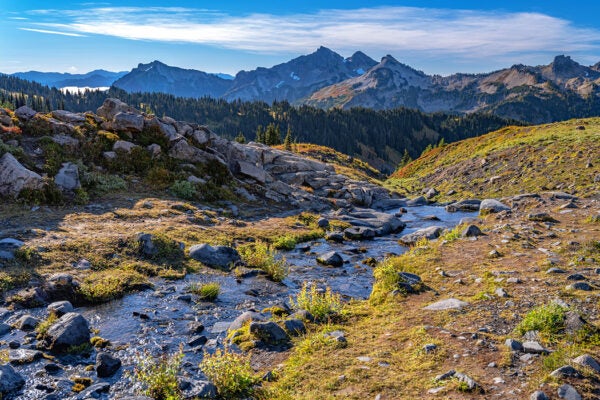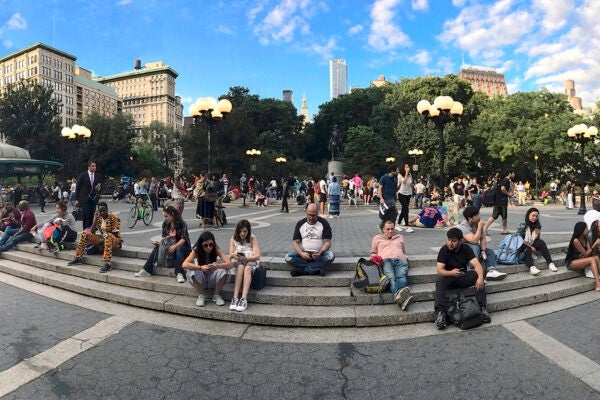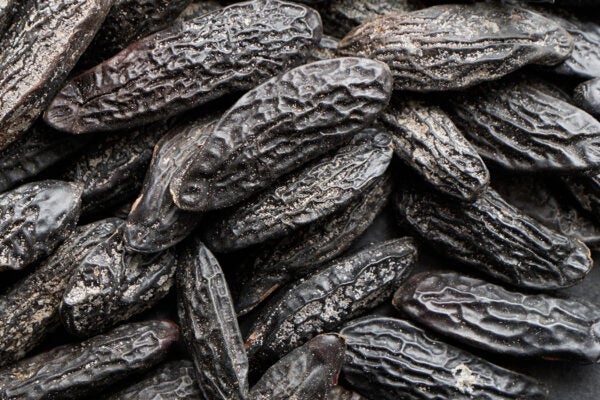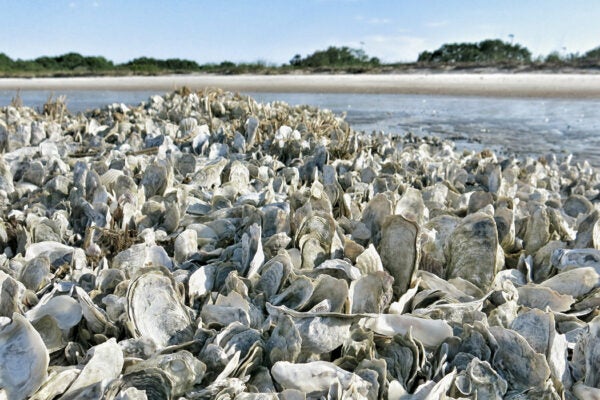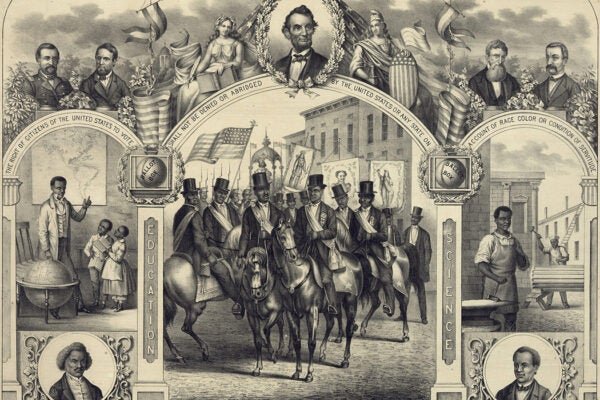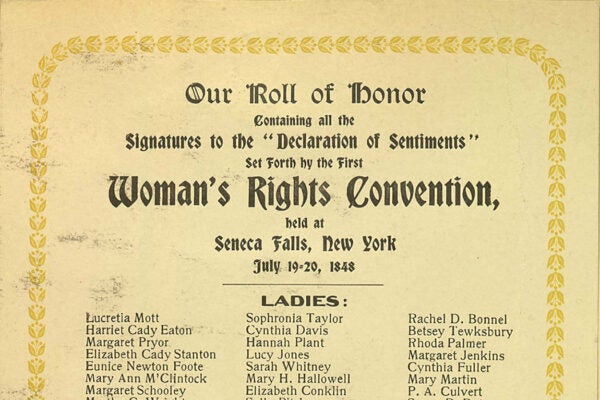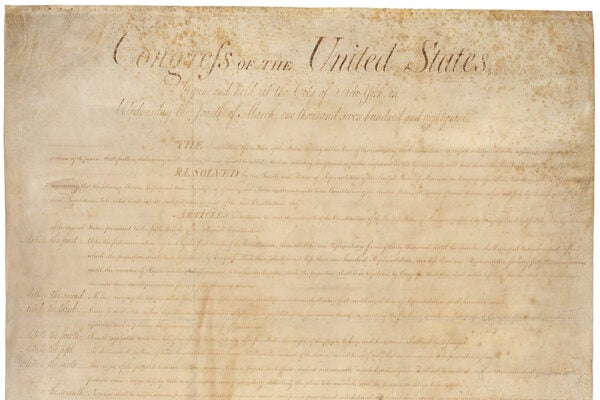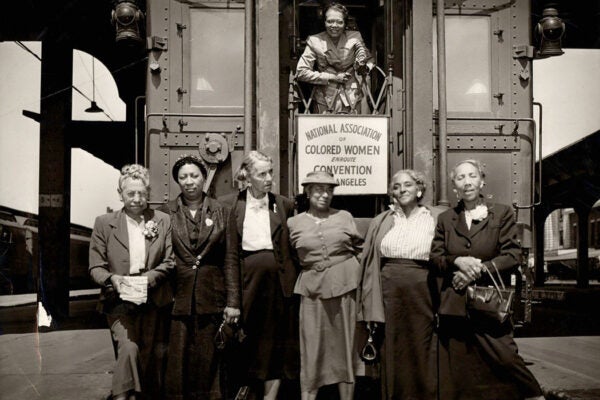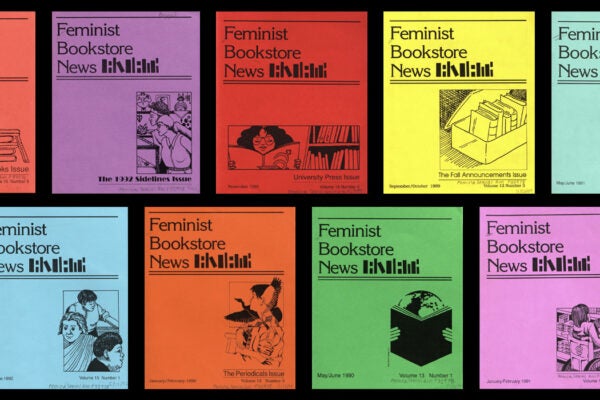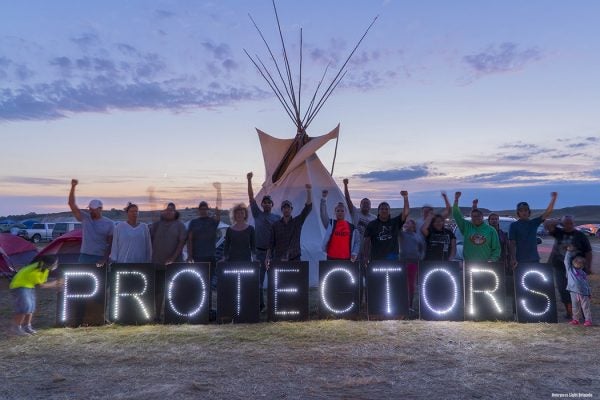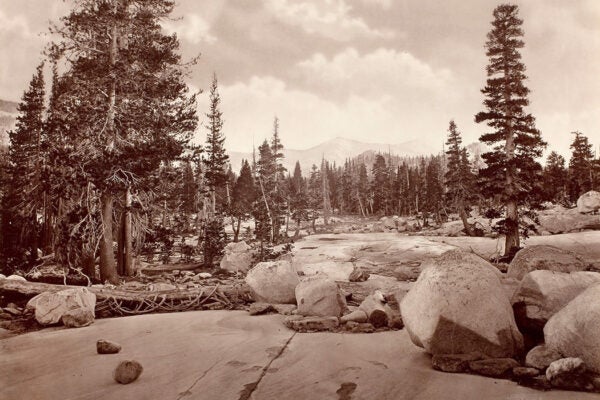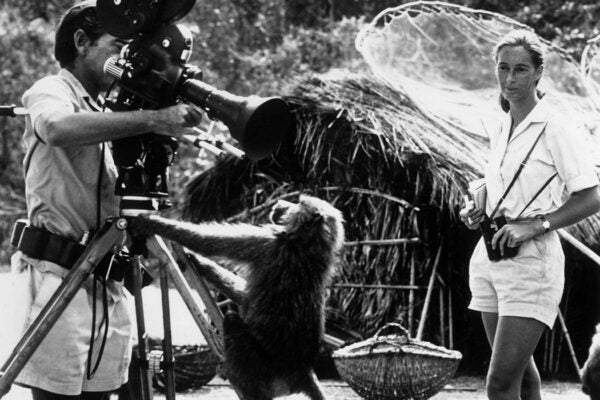Marriage and the Maiden Name
While many women trade surnames they had at birth for their husbands’, some hold on tightly to the former, a tradition famously established by Lucy Stone.
Archive Adventures
Greening Philly’s Neglected Lots
Spearheaded by the Pennsylvania Horticultural Society, an urban beautification program transformed neighborhoods in the city of brotherly love.
Reading Lists
Landscape Architecture: A Reading List
A survey of classic and contemporary works revealing how cities, materials, power, and ecology shape landscapes—and how design can create healthier, more just places.
Read Before You Go
Bermuda: The Long and the Shorts of It
A tiny Atlantic outpost once central to Britain’s colonial world, Bermuda’s calm seas conceal centuries of trade, slavery, and superstition.
Perspectives on Public Space
Designing for Community and Climate in Los Angeles
How can we design public spaces that help people thrive and connect—with each other and with their environment?
Most Recent
A Secret Cipher for the KKK
How did the Ku Klux Klan spread across the South? Part of its journey depended on a code for secret correspondence.
Face Value: Can You Spot a Cheater at First Glance?
Looking for love this holiday season? Science suggests first-glance impressions may offer tiny signals about personality, trust, and even cheating tendencies.
